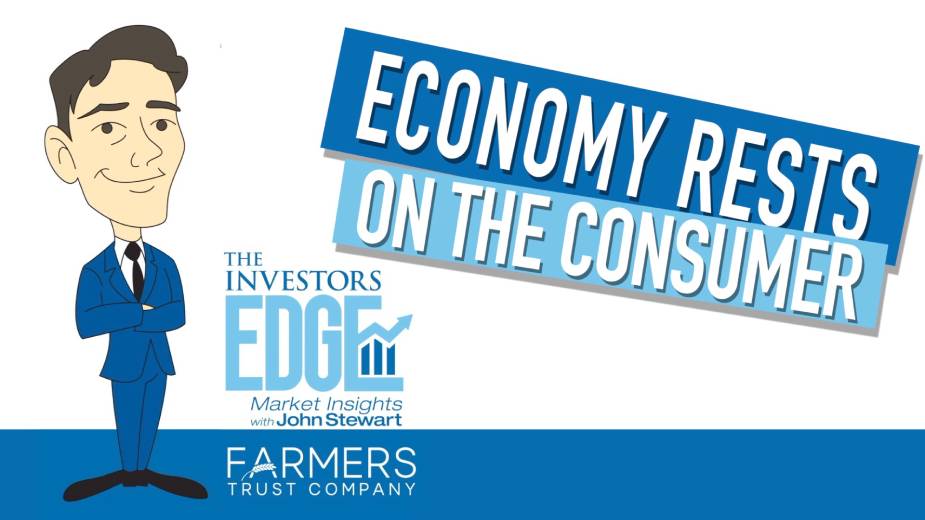Preparing for the Midterms | The Investors Edge
By John Stewart, chief investment officer at Farmers Trust Co.
Week in Review: Darkest Before the Dawn?
The past eight weeks have been particularly brutal for investors. Since August 16th, the S&P 500 Index has fallen more than 15% while the U.S. Aggregate Bond Index has fallen roughly 8% over the same time frame.
An 8% decline would be a terrible year for bonds. Over eight weeks that level of volatility is almost unimaginable. By many measures, this is in fact the worst year for bonds in recorded history.
At the same time, this ranks as one of the top five worst years for stock market performance. This is making life incredibly challenging for investors who thought their well-diversified portfolios would hold up better during a market storm.
Unfortunately, this 100-year storm is doing substantial damage to even the best-positioned portfolios. That’s the bad news.
The good news is that some of the best returns for the stock (and bond) market come after the worst drawdowns. Does that mean the stock market can’t go lower from here? Of course not. What it does mean is that long-term investors will likely be rewarded for their patience.
If you’re holding individual bonds that are trading at prices below par value, take solace in the fact that those prices will eventually reach their face value when they mature (as long as they don’t default, of course).
For investors fortunate enough to have excess cash at this point in time, higher interest rates make investing in high-quality fixed income securities quite attractive while stock market valuations now provide the potential for attractive returns for investors with a time horizon of at least five years.
Featured Insight: Don’t Chase Headlines
With 24/7 cable news, it is easy to get swept up in the emotion of every headline that crosses the tape: Russia/Ukraine, Amazon earnings beat expectations, highest inflation reading in 40 years; I could go on and on . . .
Once a news story has been broadly disseminated, however, the ability to make money off of it – at least in the short-run – has likely passed you by
Ever heard the phrase “Buy the rumor, sell the news”? This essentially means you want to invest ahead of an anticipated event, and then take your profits once the event itself actually occurs.
Isn’t it interesting that at soon as the inflation narrative reached a fevered pitch earlier this year that cash has been the best performing asset class in 2022? Presumably, cash would be the last place you’d want to be in an inflationary environment.
The market usually prices events BEFORE they happen. After everyone knows the headline, it is likely unprofitable to trade off that news.
Looking Ahead: Preparing for the Mid-Terms
Everyone knows the mid-term elections are coming up, and a lot of folks are pinning their hopes on the possibility that the event could be a positive catalyst for markets heading into year-end.
It currently appears that the Republicans are likely to take control of the House of Representatives, while Senate control looks to be a coin flip at this point.
A power split between the executive and legislative branches does tend to provide the best environment for stock market returns. However, a split Congress will likely result in more fiscal restraint, which, while likely a long-term positive for economic stability, could cause further market weakness in the short-term.
Investors positioning their portfolios based on their politics tend to overestimate its importance on returns, or at least neglect to realize that markets do a very good job of front-running material changes in policies.
With that being said, a post-election rally could be an opportunity for investors looking to reduce risk, as the stock market will have a difficult time sustaining a new uptrend until the current downward trend in the earnings outlook reverses course – something we have yet to see materializing.
Copyright 2024 The Business Journal, Youngstown, Ohio.


